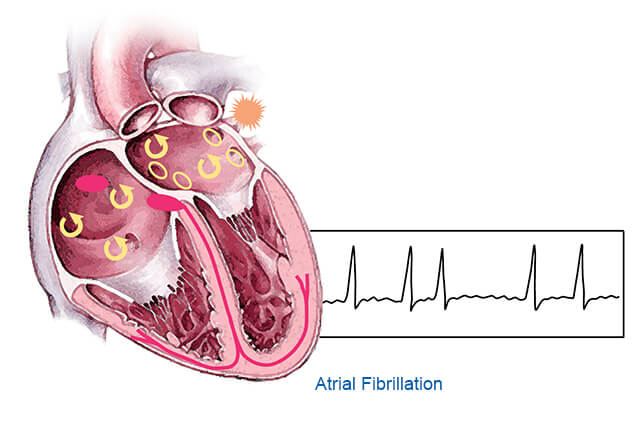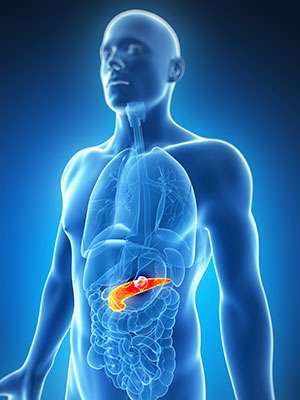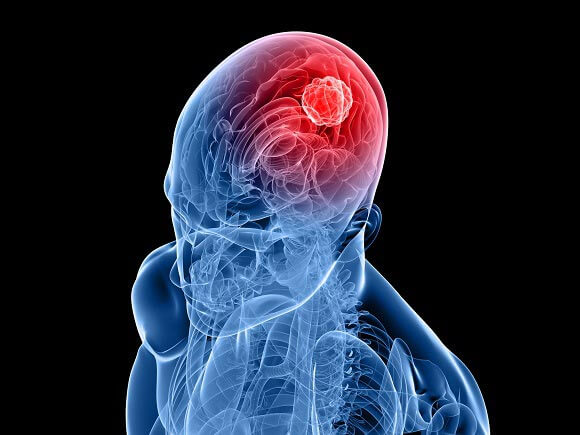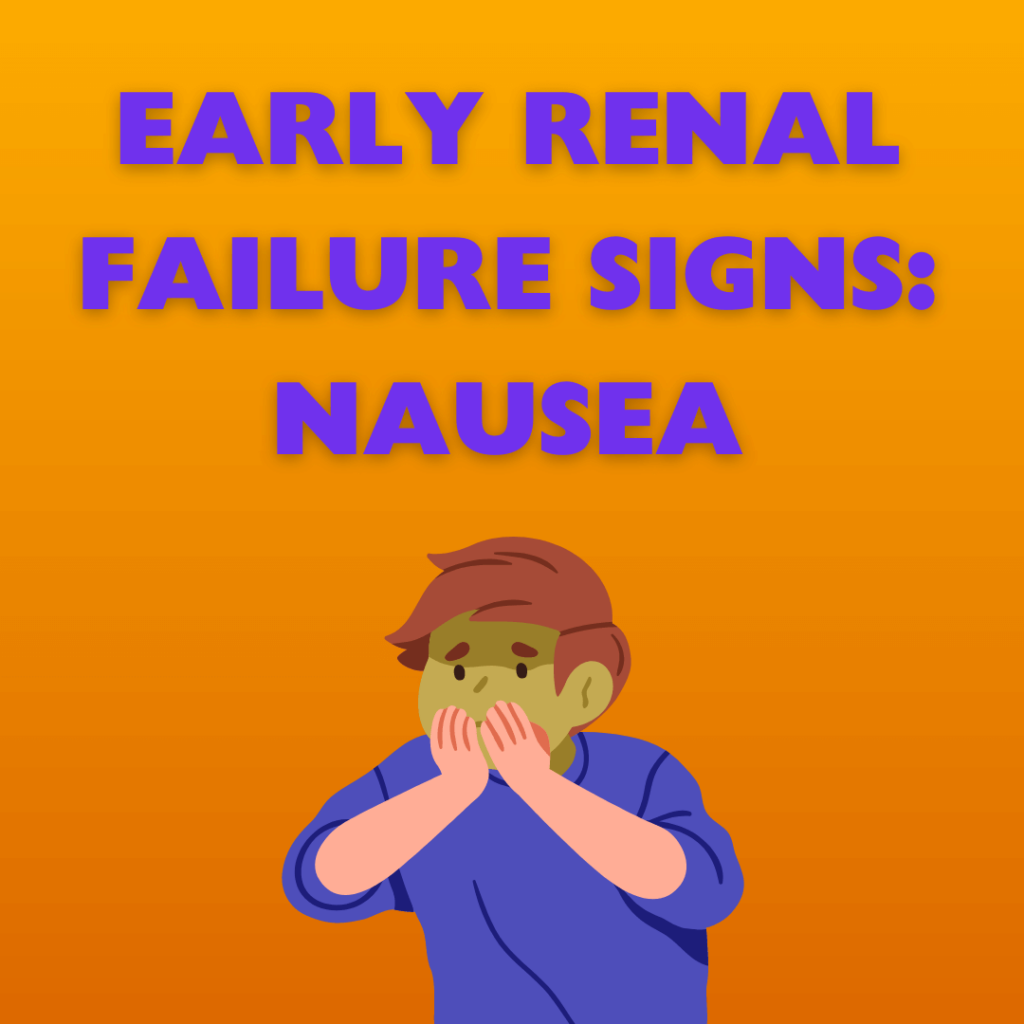
HIV assaults immune system cells, destroying them and leaving the body vulnerable to infection. If not treated promptly, the virus can progress to AIDS.
A person with AIDS may have a variety of symptoms, including flu-like symptoms and a rash. Some people may also have a mouth ulcer or diarrhea.
1. Flu-like Symptoms
People with HIV may experience flu-like symptoms up to six weeks after they first get infected. This is a short illness called seroconversion and it shows that the body is making antibodies to fight the virus. These are also the first signs that can show up on an HIV test. Other early symptoms are fever, swollen lymph nodes, sore throat, headache and tiredness. Some people have a rash that isn’t itchy, and others experience nausea or vomiting.
2. Mouth Ulcers
The first signs of HIV infection may look like the flu and last a week or two. This is called asymptomatic HIV infection and it occurs during primary infection or seroconversion.
HIV kills CD4 cells that are critical to a healthy immune system, and the lower your CD4 count gets, the more likely you'll get illnesses that the healthy body would fight off. These are called opportunistic infections.
These can include mouth ulcers (also called aphthous ulcers), itchy rashes in the genital area, and herpes. The mouth ulcers are small sores that are usually whitish and cheese-like in appearance. They can happen for a variety of reasons, including minor tissue injury (like accidentally biting your cheek), eating acidic foods and stress. The sores aren't contagious, and they don't spread through kissing or sharing food.
3. Fatigue
Fatigue can be one of the first symptoms of HIV infection, especially if it's combined with fever, swollen glands (lymph nodes), and a sore throat. Fatigue can also be caused by many other health conditions, like anemia, diabetes, opportunistic infections, and depression.
Some people who have HIV never develop AIDS, but still experience chronic fatigue. Managing stress, exercising regularly, and taking multivitamins may help relieve the fatigue.
If you think you might have HIV, visit your doctor for a physical exam and blood tests. They will ask detailed questions about your diet, lifestyle, and recent health events. They may also perform a pelvic and rectal exam. If you're having anal or vaginal sex, use a nonlubricated condom or dental dam and tell your sexual partners that you have HIV.
4. Night Sweats
When you sweat in excess of what is required to regulate your body temperature, especially if the sweating affects your sleep or concerns your bed partner, it could be an early sign that you may be HIV-positive. Alternatively, it might be a result of an underlying health issue such as diabetes, elevated blood sugar or hormone treatments.
Similarly, a dry cough that doesn’t respond to allergy medications or antibiotics can be an early indicator of HIV infection. It can also be a sign of tuberculosis or one of the AIDS-related opportunistic infections like lymphoma and cytomegalovirus.
Night sweats can also be a sign of an undiagnosed illness such as gastroesophageal reflux disease or cancer. It is important to see your doctor if the problem persists.
5. Skin Rashes
The itchy rash that is the early sign of HIV can be hard to recognize as such. It can look like boils or a prickly scab and may cover an entire area of the skin.
Other rashes may appear as the disease progresses to AIDS. One type looks like itchy lesions and can be found on the mouth or genitals, while another is a tumor of blood vessels (Kaposi's sarcoma) that can appear as pink, red, or purple lesions in people with dark skin.
Untreated, HIV quickly turns into AIDS. During the AIDS stage, people have an extremely damaged immune system and can get diseases that wouldn’t usually cause illness in healthy people. These opportunistic infections are the leading causes of death in people living with HIV today.




